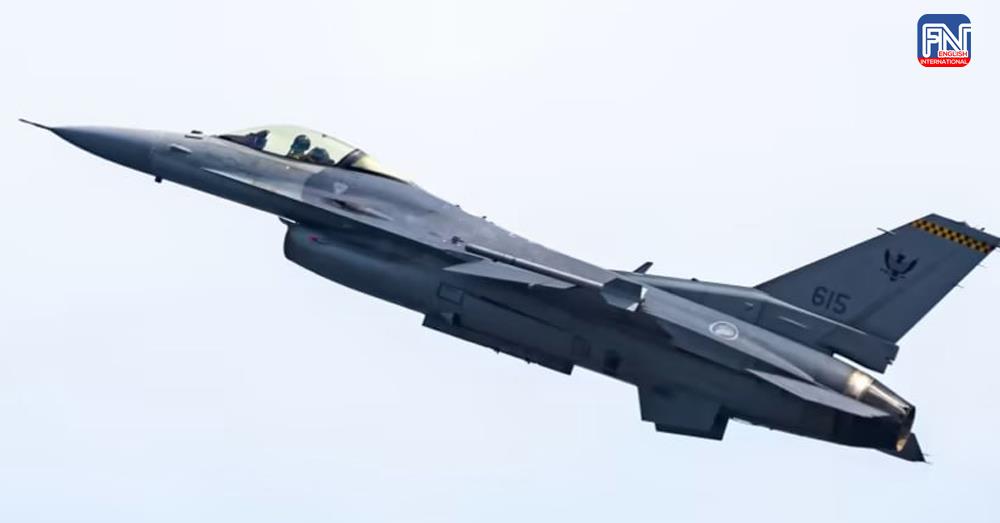SINGAPORE, May 9 (CNA) – A Republic of Singapore Air Force (RSAF) F-16 jet crashed at Tengah Air Base shortly after taking off on Wednesday afternoon (May 8).
The plane experienced "an issue" during take-off at about 12.35pm, said the Ministry of Defence (MINDEF), adding that the pilot successfully ejected from the aircraft.
"The pilot is conscious and able to walk. He is receiving medical attention. No other personnel is hurt," said the ministry.
Defence Minister Ng Eng Hen said in an update that the pilot did not suffer major injuries.
"He is ambulant, conscious and talking. But as a precaution, (he) will stay in hospital for observation," Dr Ng said in a Facebook post.
"His alertness and compliance to safety procedures to eject saved his life."
MINDEF said investigations are ongoing, adding that it will provide updates as soon as they become available.
When CNA arrived at Tengah Air Base at about 2.45pm, no noticeable activity could be seen. Uniformed personnel who were at the air base’s entrance declined to speak to the media.
Singapore has operated the F-16 for nearly 30 years.
The last time one of its fighter jets crashed was 20 years ago in May 2004, when an RSAF F-16C crashed during a night training mission in the US state of Arizona.
The crash killed the 25-year-old Singaporean pilot who was initially reported missing.
A board of inquiry concluded that the incident was due to human factor, saying the pilot could have experienced gravity-induced loss of consciousness or spatial disorientation, which resulted in his inability to recover the aircraft from an inverted position.
Dr Ng said while the RSAF has a credible safety record, he was "obviously disappointed" over Wednesday's incident.
"The goal for the RSAF must still be zero crashes," he said. "Full investigations are underway to make sure all factors are identified and rectified decisively."
Singapore's F-16 fleet was recently upgraded to improve its capabilities and keep them operationally ready until the mid-2030s.
These improvements include the Active Electronically Scanned Array Radar which allows the F-16 to track and engage multiple targets from farther away, as well as an all-weather, ground-attack capability that enables it to strike targets with more capable precision munitions.
The ageing F-16 fleet will eventually be replaced by the F-35 family of Lockheed Martin jets.
Singapore announced in February that it would buy eight F-35A jets, adding to an earlier order of 12 F-35 jets of the “B” variant.
